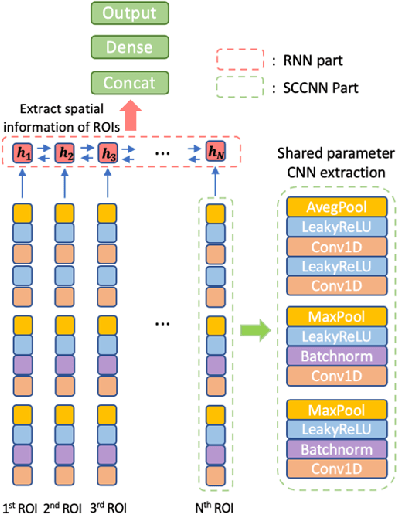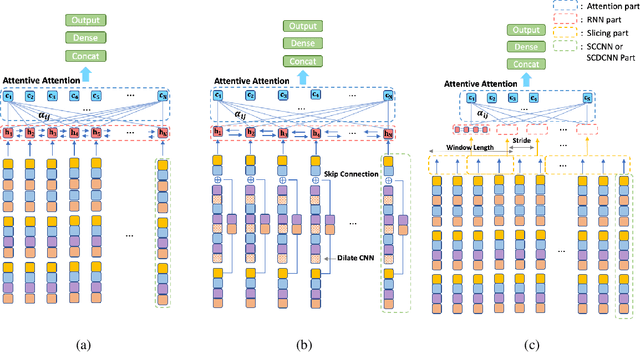Finding essential parts of the brain in rs-fMRI can improve diagnosing ADHD by Deep Learning
Paper and Code
Aug 14, 2021



Attention Deficit\Hyperactivity Disorder(ADHD) is considered a very common psychiatric disorder, but it is difficult to establish an accurate diagnostic method for ADHD. Recently, with the development of computing resources and machine learning methods, studies have been conducted to classify ADHD using resting-state functional magnetic resonance(rsfMRI) imaging data. However, most of them utilized all areas of the brain for training the models. In this study, as a different way from this approach, we conducted a study to classify ADHD by selecting areas that are essential for using a deep learning model. For the experiment, rsfMRI data provided by ADHD 200 global competition was used. To obtain an integrated result from the multiple sites, each region of the brain was evaluated with Leave one site out cross-validation. As a result, when we only used 15 important region of interest(ROIs) for training, an accuracy of 70.6% was obtained, significantly exceeding the existing results of 68.6% from all ROIs. In addition, to explore the new structure based on SCCNN-RNN, we performed the same experiment with three modified models: (1) Separate Channel CNN RNN with Attention (ASCRNN), (2) Separate Channel dilate CNN RNN with Attention (ASDRNN), (3) Separate Channel CNN slicing RNN with Attention (ASSRNN). As a result, the ASSRNN model provided a high accuracy of 70.46% when training with only 13 important region of interest (ROI). These results show that finding and using the crucial parts of the brain in diagnosing ADHD by Deep Learning can get better results than using all areas.
 Add to Chrome
Add to Chrome Add to Firefox
Add to Firefox Add to Edge
Add to Edge